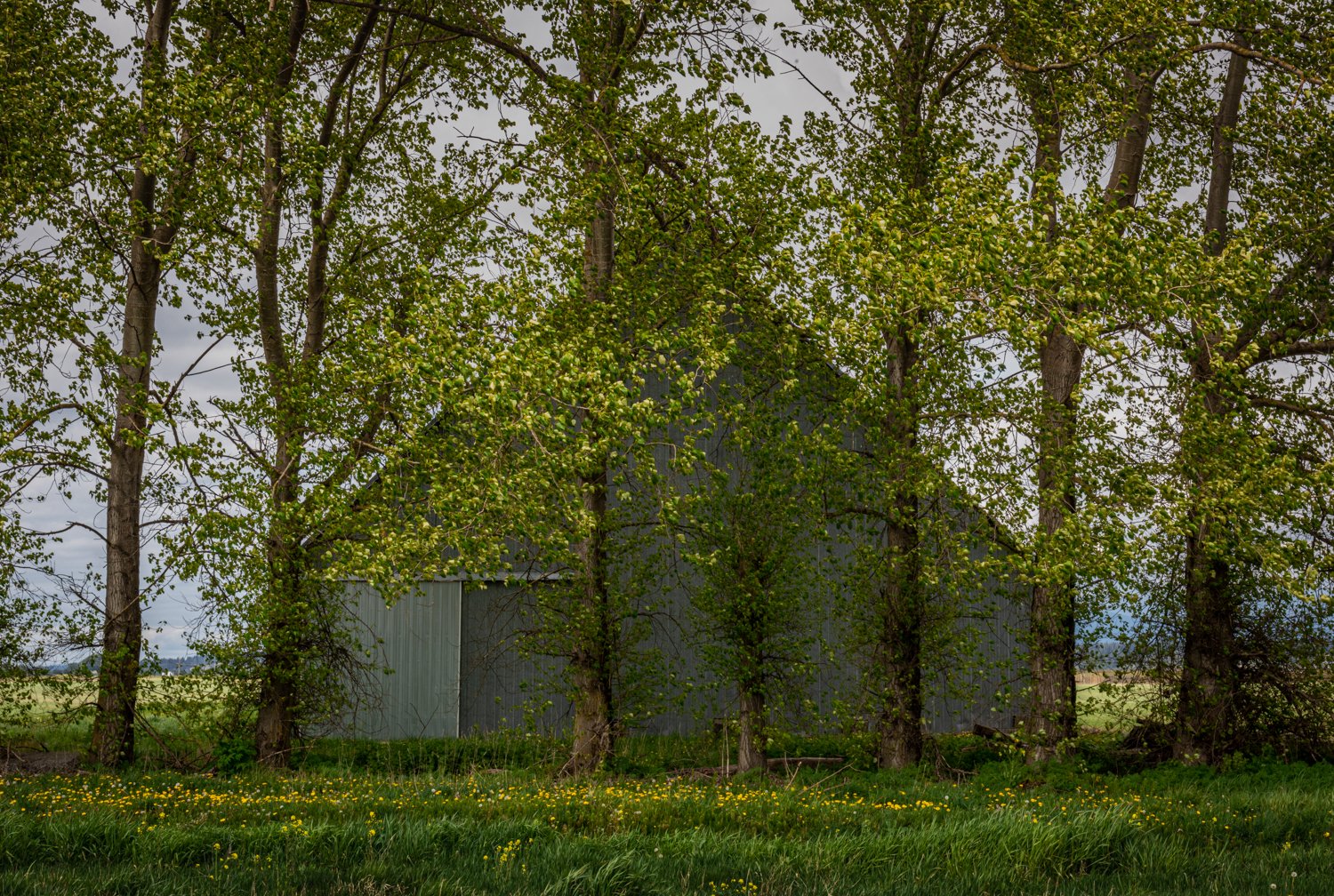FARMLAND
CREATED BY EARLY SETTLERS:
The First Peoples have inhabited present-day Skagit Valley for nearly 10,000 years.
Sometime around 1300, a new group came down from the interior, possibly using the Skagit River. They came to be known as the Coast Salish. These tribal groups were largely extended families and lived in villages in cedar plank houses. They fished for salmon, collected clams and mussels, and cultivated camas and bracken fern on natural prairies.
Since the mid-1800’s settlers have been shaping and reshaping Skagit Valley, creating what we see today, a rich and beautiful valley that helps feed the world. Wetlands and farmlands co-existing to the benefit of many farmers and tens of thousands of migratory birds (geese, eagles, hawks, ducks, swans, and many more) that depend on the marshes and winter crop lands.
Beginning in 1863 when early settlers, Michael H. Sullivan and Samuel Calhoun built the first dike in the valley to drain the marsh land and hold Puget Sound at bay. Working together they first drained Sullivan’s 40 acres and then moved to Calhoun’s property to do the same. At first scoffed for their plans, Sullivan exported his first crop of oats in 1868. In 1870 he sold his barley crop for $1600 from his dock on the slough. In 1873 few acres were left to claim, and everyone was diking.* Today there are approximately 147 miles of dikes and levees and 380 miles of drainage ditches, and Skagit Valley is a soil rich river delta.













